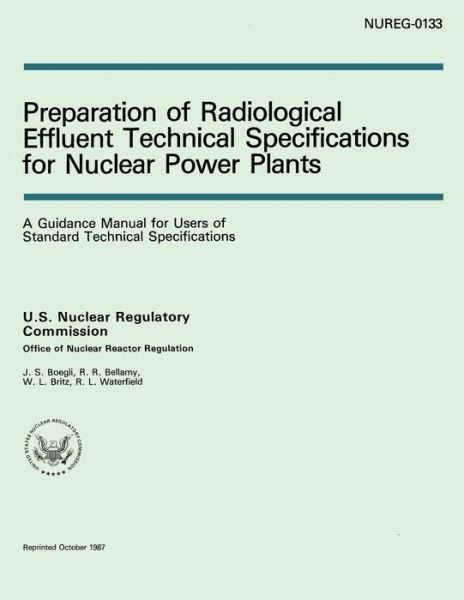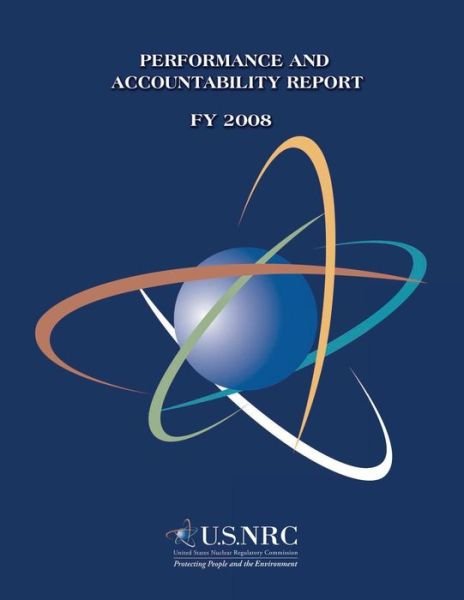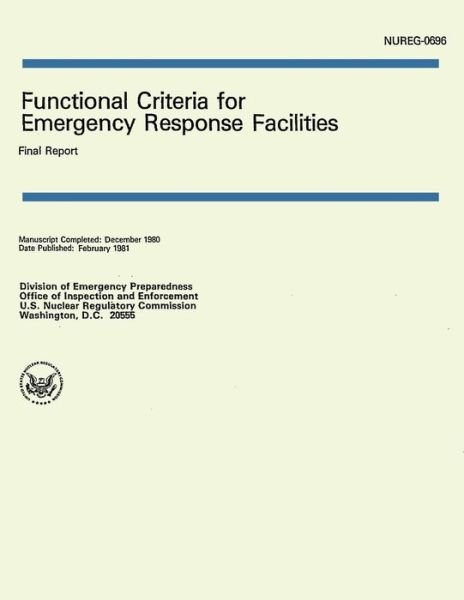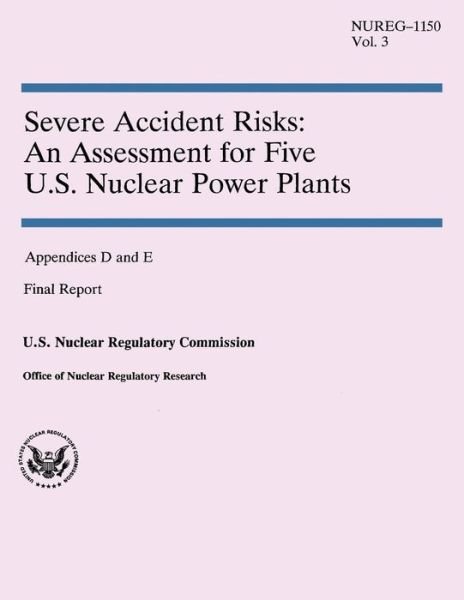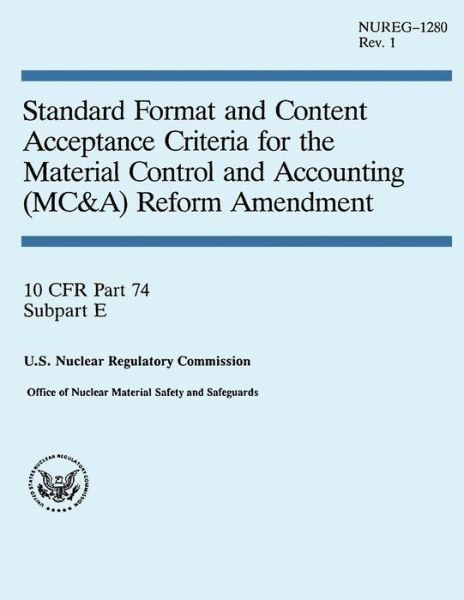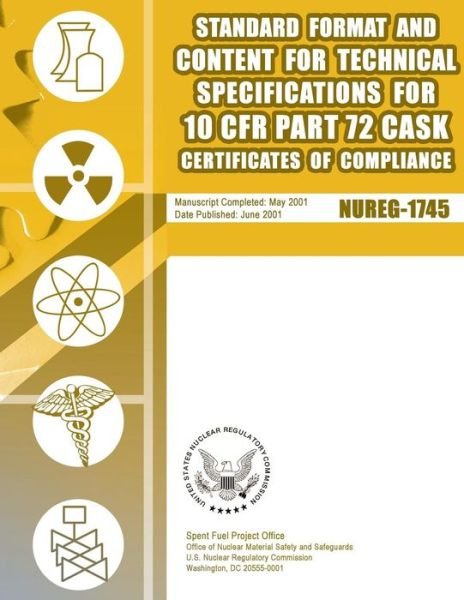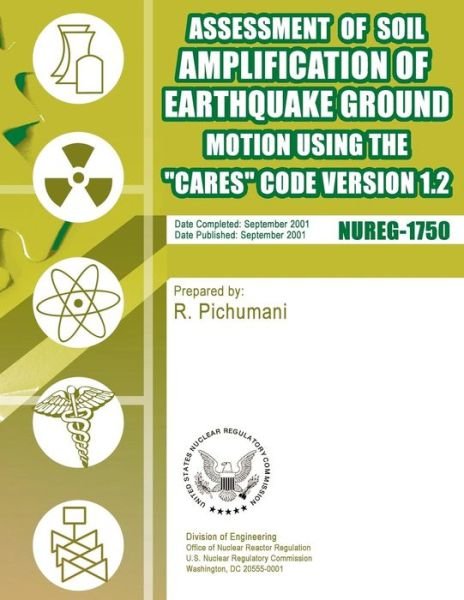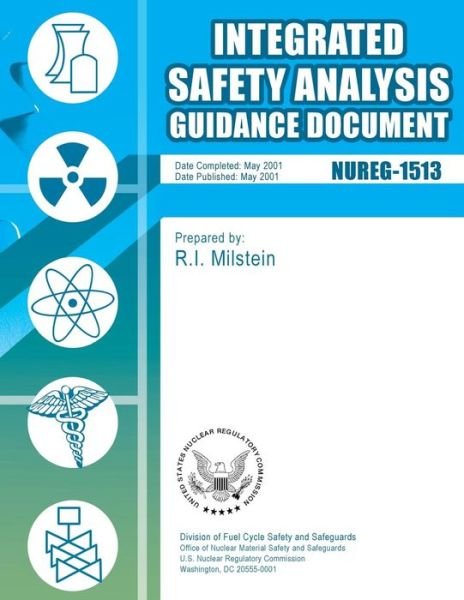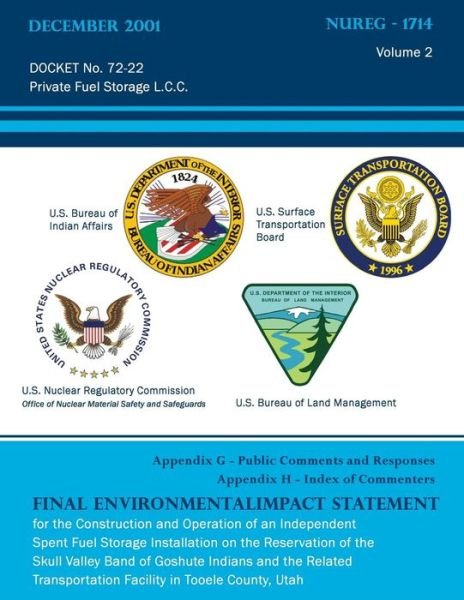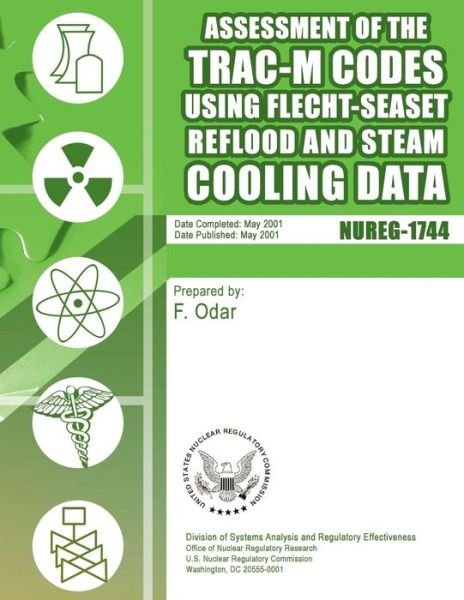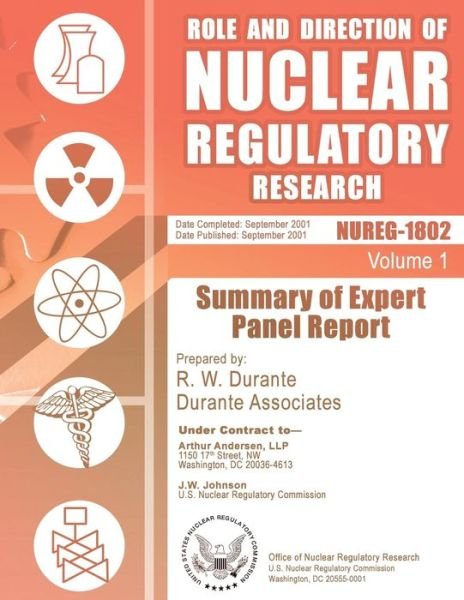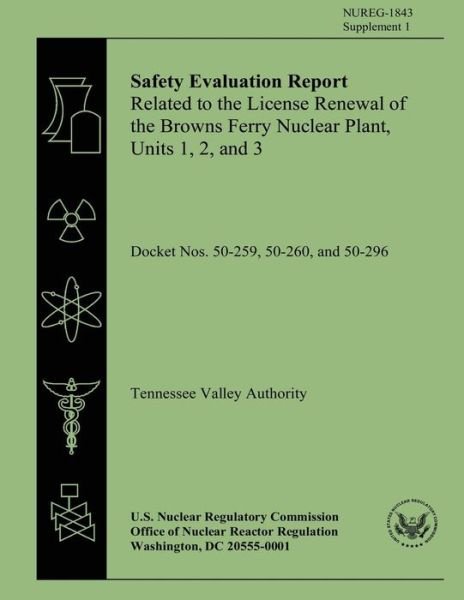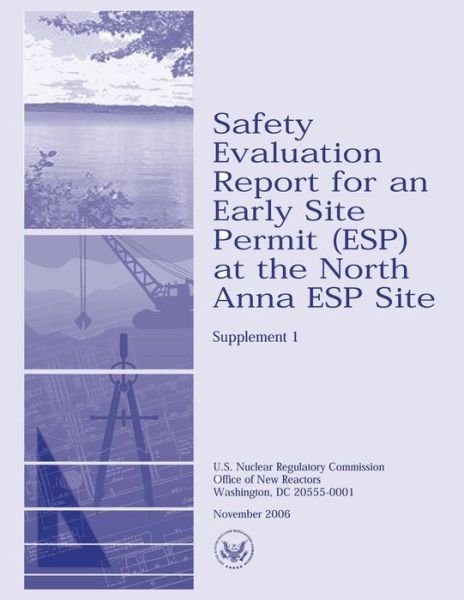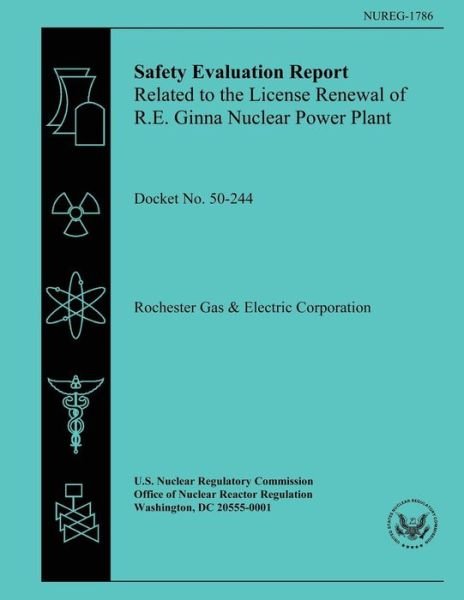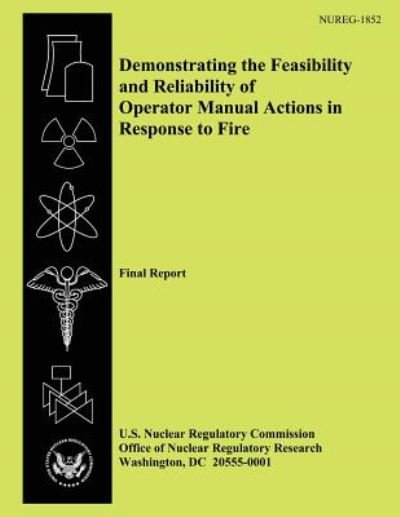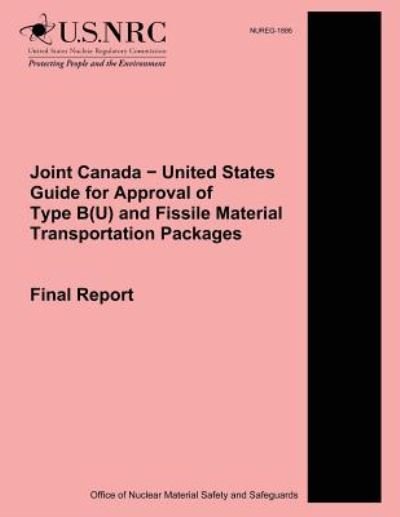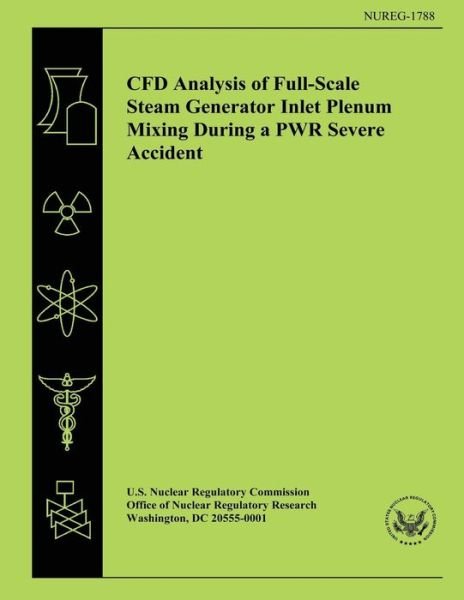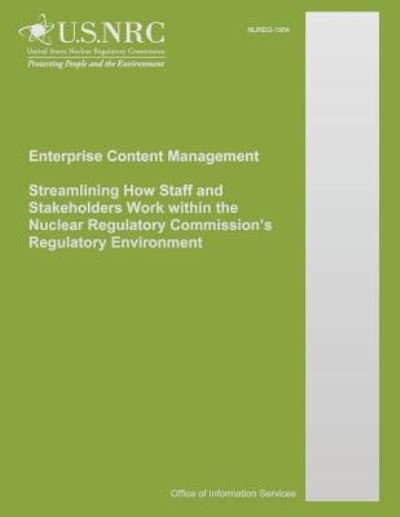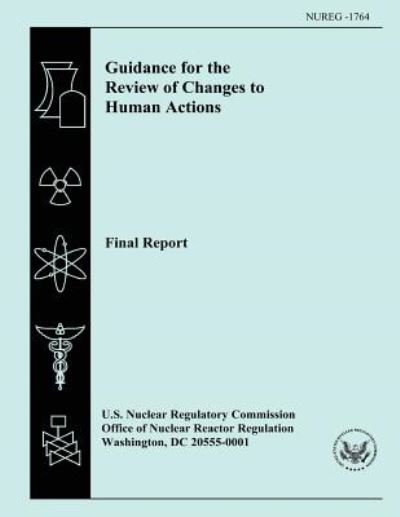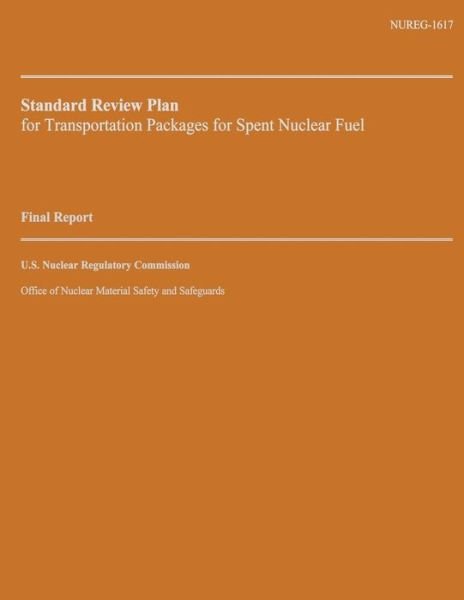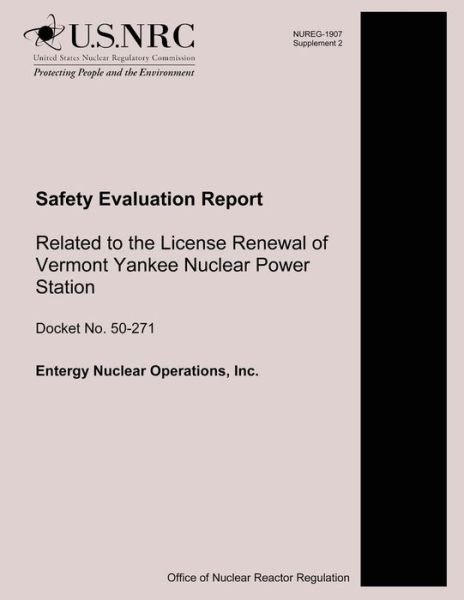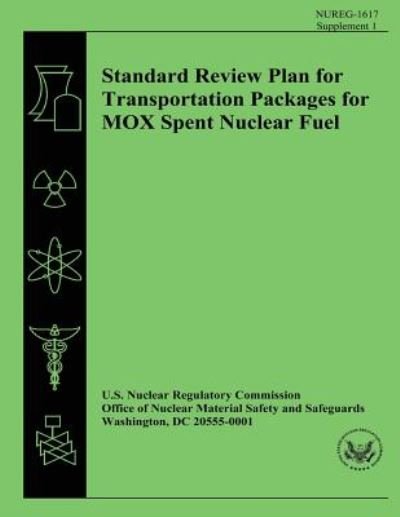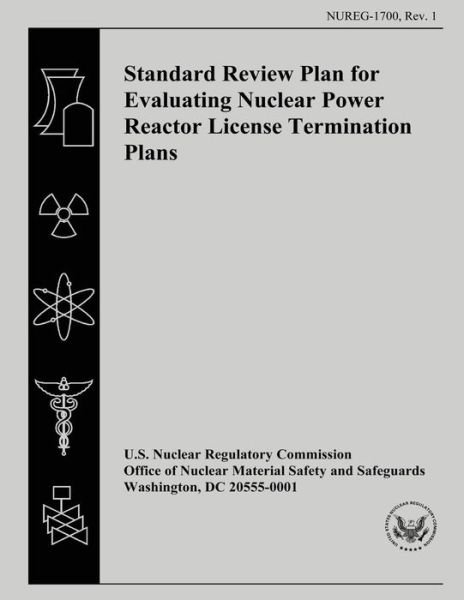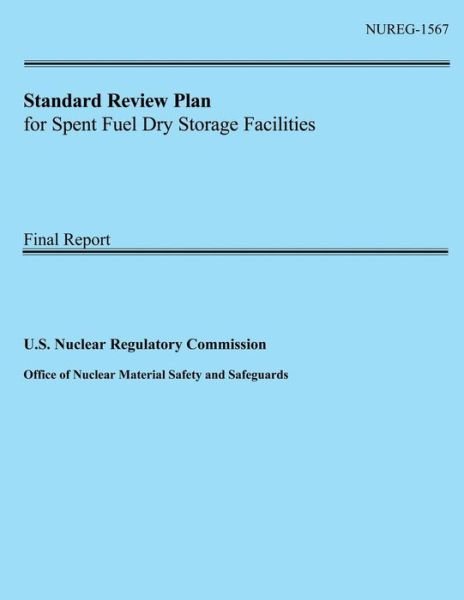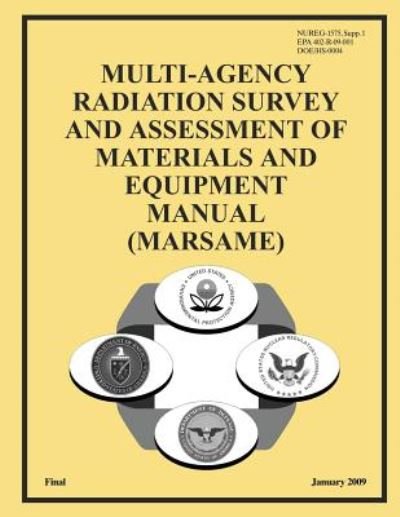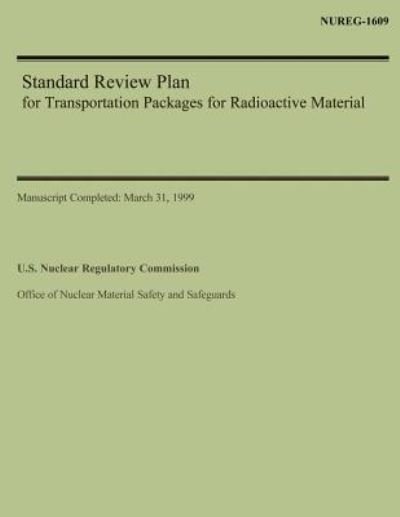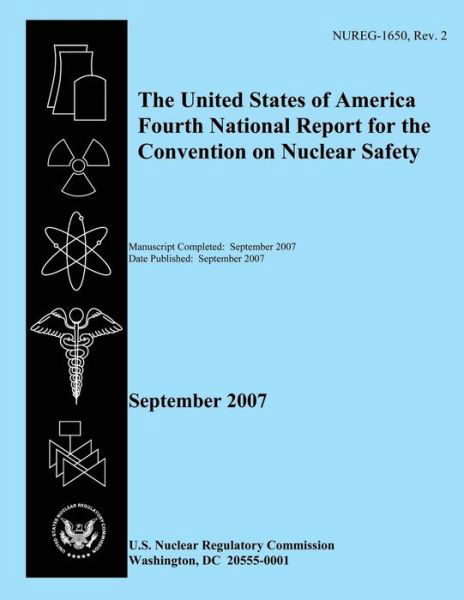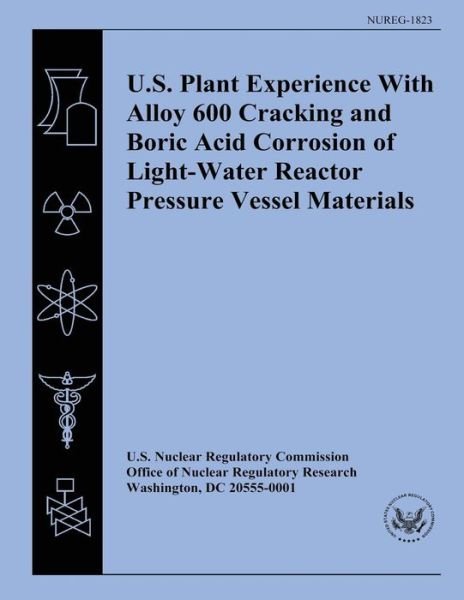
Conte aos seus amigos sobre este item:
U.s. Plant Experience with Alloy 600 Cracking and Boric Acid Corrosion of Light-water Reactor Pressure Vessel Materials
U S Nuclear Regulatory Commission
U.s. Plant Experience with Alloy 600 Cracking and Boric Acid Corrosion of Light-water Reactor Pressure Vessel Materials
U S Nuclear Regulatory Commission
Publisher Marketing: This report includes a summary of foreign and domestic Alloy 600 cracking experience, an analysis of the Alloy 600 cracking susceptibility model for vessel head penetration (VHP) nozzles, and information on corrosion of pressure boundary materials in boric acid solutions. This report combines information that the U. S. Nuclear Regulatory Commission (NRC) has collected in response to Davis-Besse Lesson Learned Task Force Recommendations 3.1.1(1) and 3.1.4(1). The survey of Alloy 600 cracking suggests that Alloy 600 and its associated welds (Alloys 182 and 82) are susceptible to crack nucleation and growth in a wide range of applications. The intent of inspection is to identify and remediate the cracking before it can challenge safety systems. VHP nozzle inspection results indicate that the effective degradation years (EDY) model is efficacious and does not suggest a need to revise the model in the short term. However, the EDY calculation is becoming less significant as a result of reactor vessel head replacement. Both the NRC and the industry have implemented boric acid corrosion test programs. Pieces of the Davis-Besse reactor vessel head have been removed and shipped to Pacific Northwest National Laboratory, where they will be examined. The results of the NRC's boric acid corrosion test program at Argonne National Laboratory have shown that the galvanic difference between A533 Grade B Steel, Alloy 600, and 308 stainless steel (used in reactor pressure vessel cladding) is not significant enough to consider galvanic corrosion as a strong contributor to the overall boric acid corrosion process. In addition, the NRC's test program has revealed that the corrosion rate of A533 Grade B steel in humidified salts of H-B-O (a mixture of boric acid species and water) can cause wastage at rates as high as those for saturated aqueous solutions. The industry program, headed by the Electric Power Research Institute, is expected to be completed in 2006.
| Mídia | Livros Paperback Book (Livro de capa flexível e brochura) |
| Lançado | 22 de julho de 2014 |
| ISBN13 | 9781500610753 |
| Editoras | Createspace |
| Páginas | 80 |
| Dimensões | 216 × 279 × 4 mm · 208 g |
Mais por U S Nuclear Regulatory Commission
Ver tudo de U S Nuclear Regulatory Commission ( por exemplo Paperback Book e Hardcover Book )

 Presentes de Natal podem ser trocados até 31 de janeiro
Presentes de Natal podem ser trocados até 31 de janeiro


